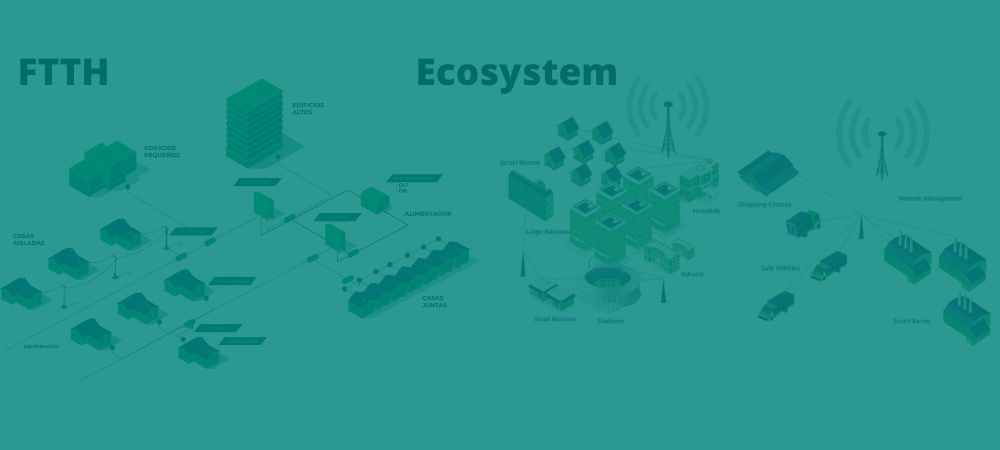 By: Abril Mejías and Manuela Ramírez
By: Abril Mejías and Manuela Ramírez
Recruitment Support at GSB
What is www? The World Wide Web is a system of hypertext documents linked and accessible via the Internet through a web browser and can contain text, images, continuous media such as video or music, and almost any multimedia element.
How did it come about? In 1980 the European Organization for Nuclear Research (CERN), an independent contractor, led the project that developed ENQUIRE, commanded by Timothy John Berners-Lee, as a personal database of people and software models, but also as a way to interact with hypertext, each new page of information in ENQUIRE had to be linked to an existing page.
However, this eventually became a disadvantage, as physicists around the world needed to share data and their computers and presentation software were different. By 1984 Berners-Lee considered the problems of information presentation and in 1989 he developed a proposal to “a large database with hypertext with typed links”.but this generated no interest in his bosses, who encouraged him to implement this system on the recently acquired workstation. Next. He considered several names for his system, including “Information Mesh”, “The Information Mine” (whose abbreviation would be TIM, like his own name) or “Mine of Information” (which abbreviated would be MOI, French for “I”), finally settling on World Wide Web.
“The WorldWideWeb (WWW) project aims to allow all links to be made to any information anywhere. It started by allowing physicists to share data, news and documentation. We are very interested in extending the Web to other areas, having Gateway servers for other data. contributors welcome!” -First message from Tim Berners-Lee.
In 1993, the World Wide Web took a turn as it was included in the Mosaicweb browser, a graphics program developed by a team at the National Center for Supercomputing Applications at the University of Illinois at Urbana-Champaign. Amazingly, the first Mosaic browser lacked the “back” button, which led to a modification of this browser in 1992.
In April 1993 CERN agreed that no one could use the protocol and Web code without copyright; this was in part a reaction to the disruption caused by the University of Minnesota’s announcement that it would begin charging for its implementation of the Gopher protocol. That is why nowadays anyone can have a website, but you have to pay to have your own domain name, which also cannot have the name of an existing one.
In September 1994 Berners-Lee founded the World Wide Web Consortium (W3C) at the Massachusetts Institute of Technology, with the help of the Defense Advanced Projects Research Agency (DARPA) and the European Commission. This committed several companies to voluntarily create standards and recommendations for the Web. Berners-Lee made the Web freely available without patents or royalty payments.
March 12, 2019 marked 30 years since the birth of Wold Wide Web (www), the three wonderful letters at the top of every page hide the story of Tim Berners-Lee, who invented this application to facilitate communication between nuclear physicists and eventually for the entire world. Today, there are more than two billion active web pages, and it’s all thanks to the genius of Berners-Lee, who also wrote the HTML language and the HTTP application.
“I have a dream for the Web. [en el cual las computadoras] become capable of analyzing all the data on the Web – the content, links, and transactions between people and computers. A ‘Semantic Web’, which makes this possible, has yet to appear, but when it does, the day-to-day mechanisms of commerce, bureaucracy and our daily lives will be driven by machines talking to machines. The ‘intelligent agent’ people we have been hunting for years will finally materialize.” – Tim Berners-Lee, 1999
What do you think? do you think his dream has been fulfilled? Let us know what you think.
Sources
- Delgado, Hugo. (2018-10-24) World Wide Web: WWW meaning, history and origin. net Web Design. Retrieved from https://disenowebakus.net/world-wide-web-www.php
- Lamarca Lapuente, María Jesús. (2018-07-29) History of the WWW, Ricardo Lamarca Foundation. Retrieved from
http://www.hipertexto.info/documentos/h_www.htm
- (2019-02-10) History of the World Wide Web. Wikipedia. Retrieved from https://es.wikipedia.org/wiki/Historia_de_la_World_Wide_Web




